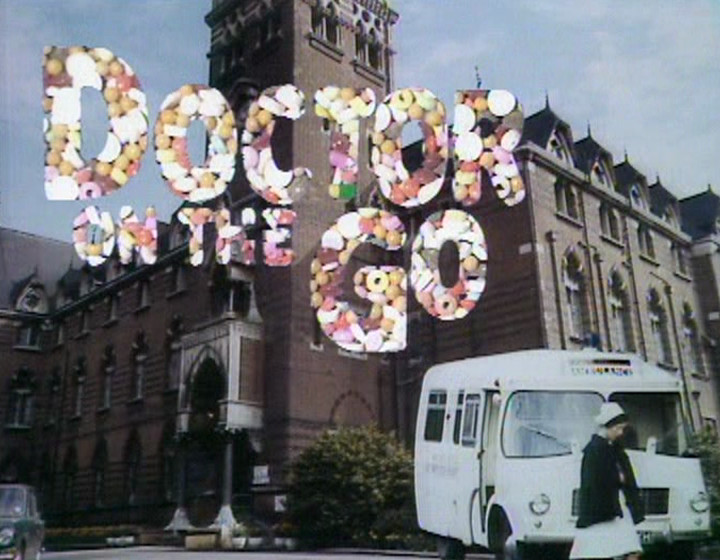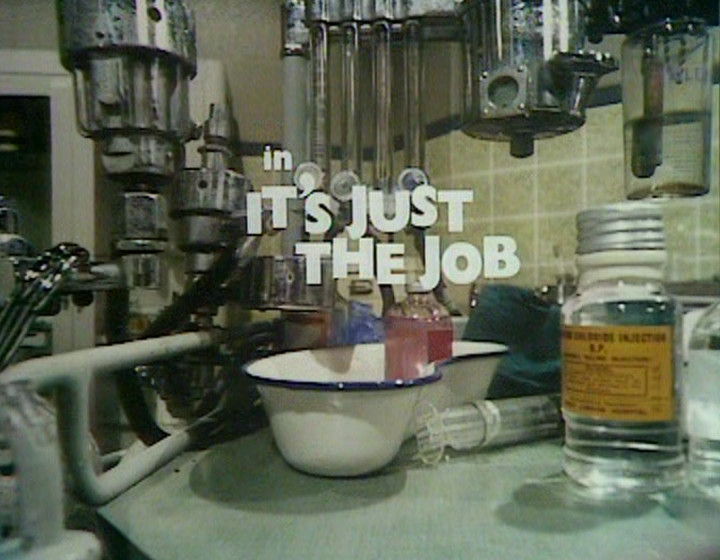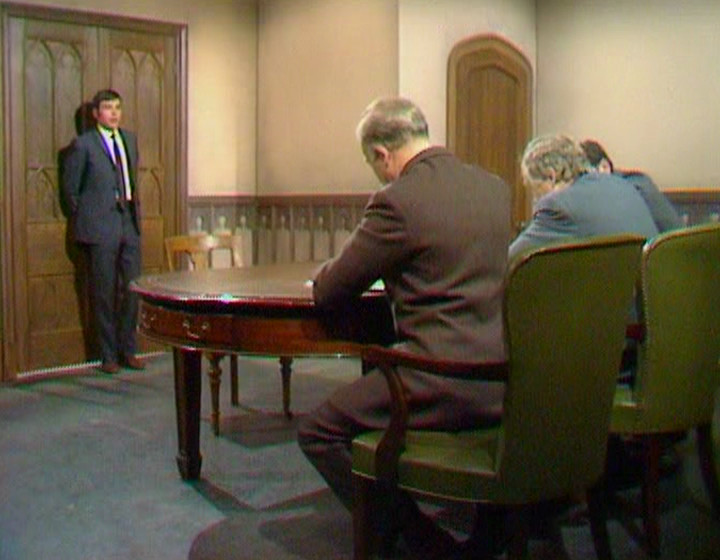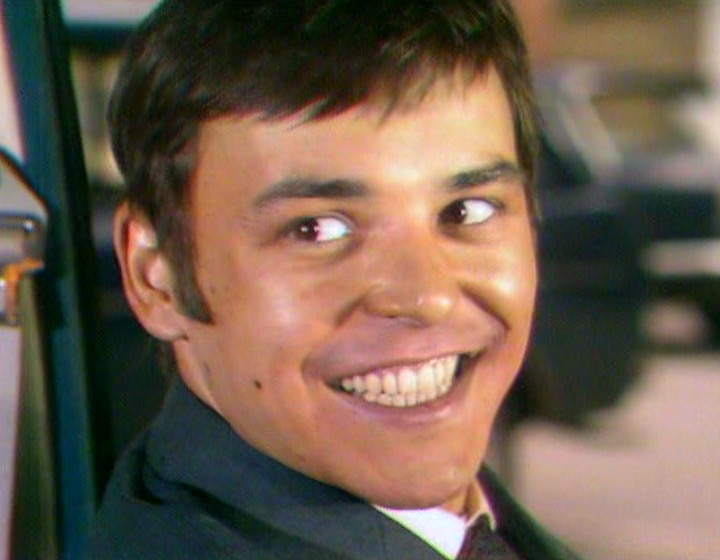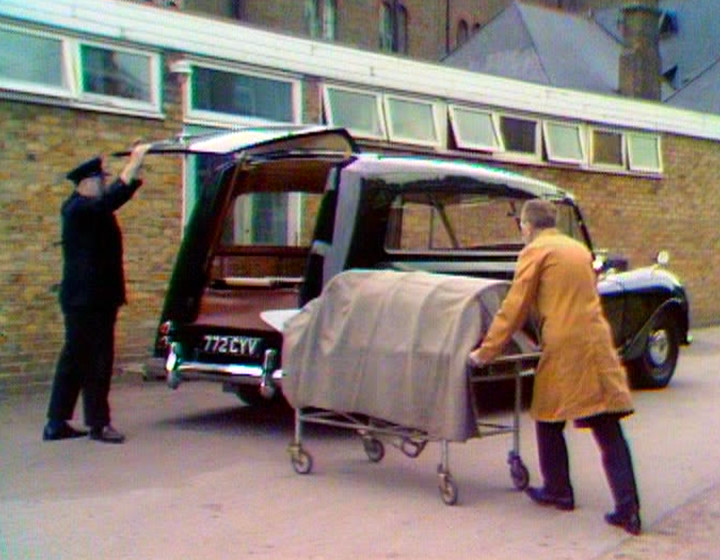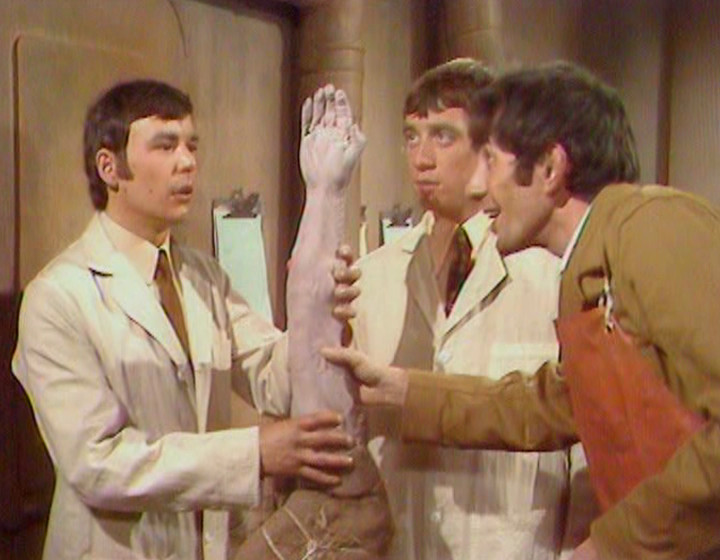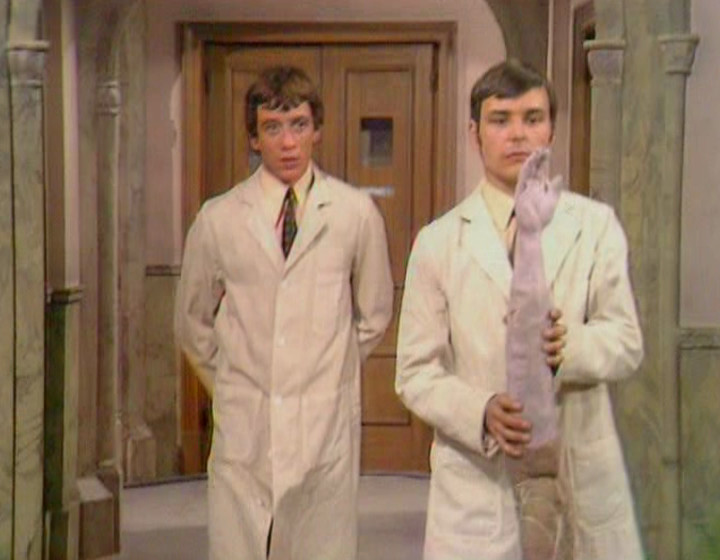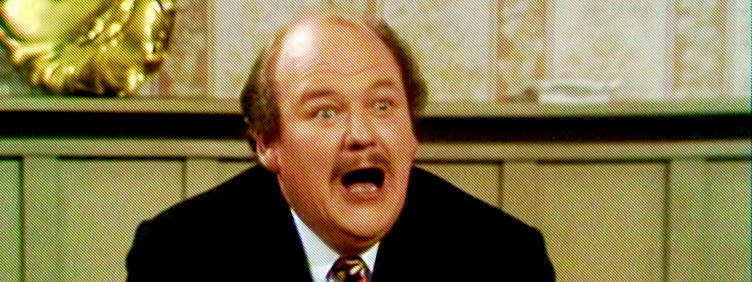Last year, I took a look at the origin story of Fawlty Towers, and poked at it with an extremely large stick. I like poking stock opinions and anecdotes with extremely large sticks. It makes me very excited.
So, let’s do it again – although don’t worry, I promise this one won’t take four damn articles. This time round, we’re going to examine the inspiration behind the episode “The Kipper and the Corpse”; a story often told by Cleese. The most complete version I’ve found is in Morris Bright and Robert Ross’s book Fawlty Towers: Fully Booked, where Cleese is quoted as follows:
“A restaurateur by the name of Andrew Leeman was a great friend of mine and one day I asked him, “What’s the worst problem you had when you used to work at the Savoy Hotel?” Quite straight-faced he replied, “oh, the stiffs.” I said, “the what?” and he continued, “getting rid of the stiffs. The old dears knew the Savoy would always treat them really well, so they would check in with a bottle of pills, take them in the night, and in the morning the Savoy staff would walk in, pick up the phone and say, ‘We’ve got another one.’ Then the problem was getting the stiffs into the service elevator without alarming the other guests.” Well, I mean to say, once you’ve been given that as an idea, it’s just wonderful. And then you put a doctor in the hotel and it’s kind of a joy. Those ideas just write themselves. In fact, we called the dead body Mr Leeman in Andrew’s honour.”
Fawlty Towers: Fully Booked, p. 178
I have absolutely no doubt that the above is entirely true. I do not come to entirely bury this anecdote. I merely come to add some context. And that context leads – yet again – towards ITV medical sitcom Doctor in the House. Specifically, to the pilot, “Why do you want to be a Doctor?”, which Cleese wrote with Graham Chapman in 1969, a full decade before the second series of Fawlty Towers.
That pilot has a number of interesting things about it. From a writing point of view, Graham Chapman’s medical background was vital; a number of things in this episode turn up as tales in A Liar’s Autobiography, for instance. For me, the highlight of the episode is Upton’s horrifically awkward entrance interview for St Swithin’s:
Upton walks into the interview room. Three figures sit behind the desk. They ignore him.
UPTON: Good morning.
They continue to ignore him. Upton clears his throat and tries again.
UPTON: Good morning.
He realises, and closes his eyes.
UPTON: …afternoon.
From a technical point of view, the episode is notable for some extremely early colour OB work, rather than the usual film inserts. Indeed, the location sequences have a certain, shall we say, experimental feel to them. The series would stay with VT for its location scenes until Episode 10, “The Rocky Mountain Spotted Fever Casino”, where it switched to film for good.1
On the subject of this location work, it’s notable that one of the very first things we see in the pilot is a dead body being wheeled out of the hospital. This show is not fucking about.
The pilot is interestingly structured; Part One before the break is all about Upton’s entrance interview, and Part Two is set months later, on his first day actually enrolled at St Swithin’s. And after a pathetic pep talk from the Dean, and a terrifying pep talk from Professor Loftus, we come to the gruesome finale of the episode, where Upton and his friend Duncan Waring are sent to the Preparation Room.
There, they meet the friendly Stebbings, who gives them an arm to dissect. An actual, real, arm.2
UPTON: Could we have the bag?
STEBBINGS: This is an anatomy school, not a supermarket.
UPTON: Where do we take it?
STEBBINGS: Dissection Room, Table 1. Keep the bones, but put the meat in the bin at the back.
Unfortunately, Upton and Waring get lost on the way to the Dissection Room. And as they accidentally wander into an antenatal class carrying the arm and cause a scene, you may begin to get more than a whiff of “The Kipper and the Corpse”, so to speak. There is an obvious parallel between Basil and Manuel trying to hide a dead body, and Upton and Waring trying to hide a disembodied arm. Still, I probably wouldn’t have bothered writing about all this if it hadn’t been for what follows.
Because in a panic, Upton and Waring go through a door, and find themselves in the street. As luck would have it, they run straight into a policeman, because of course they do.3 And when the policeman gets suspicious about exactly what’s hidden under their white coats, and goes to investigate it, he faints… and we get a striking visual which would be exactly replicated in Fawlty Towers ten years later:

Why Do You Want to be a Doctor?

The Kipper and the Corpse
And there we have it: an early version of some of the gags in “The Kipper and the Corpse”, a whole decade earlier than they appeared in Fawlty Towers. And proof that while John Cleese may well have been inspired by his friend who worked at the Savoy, some of the ideas in the episode had been swirling around his head long before he heard about dead bodies being smuggled out of hotels. So many different things feed into the creative process; it’s always worth remembering that a single anecdote is unlikely to be the whole story, no matter how much fun that anecdote is.
It’s also proof that there are still new things to be discovered about Fawlty Towers in 2020. You just have to know where to look for them.
Read more about...
doctor in the house, fawlty towers
